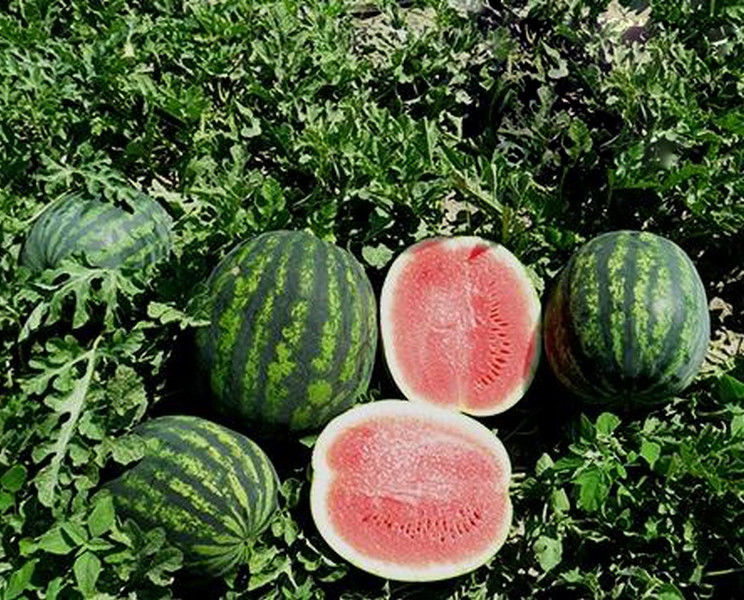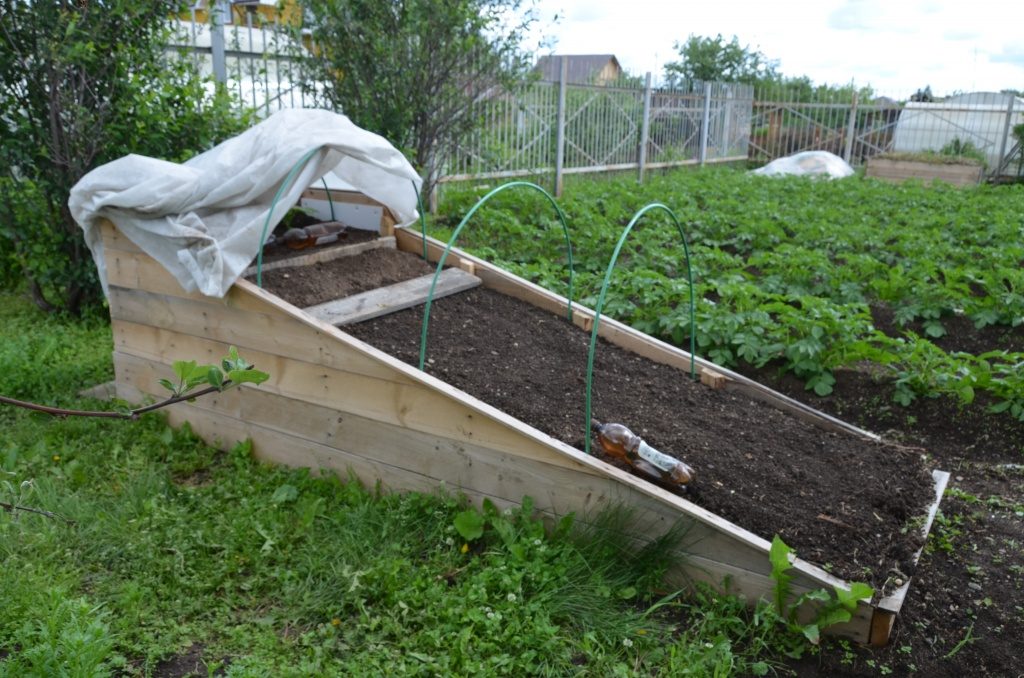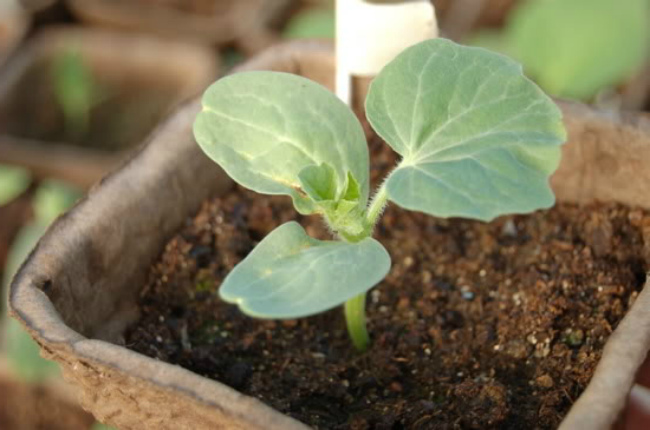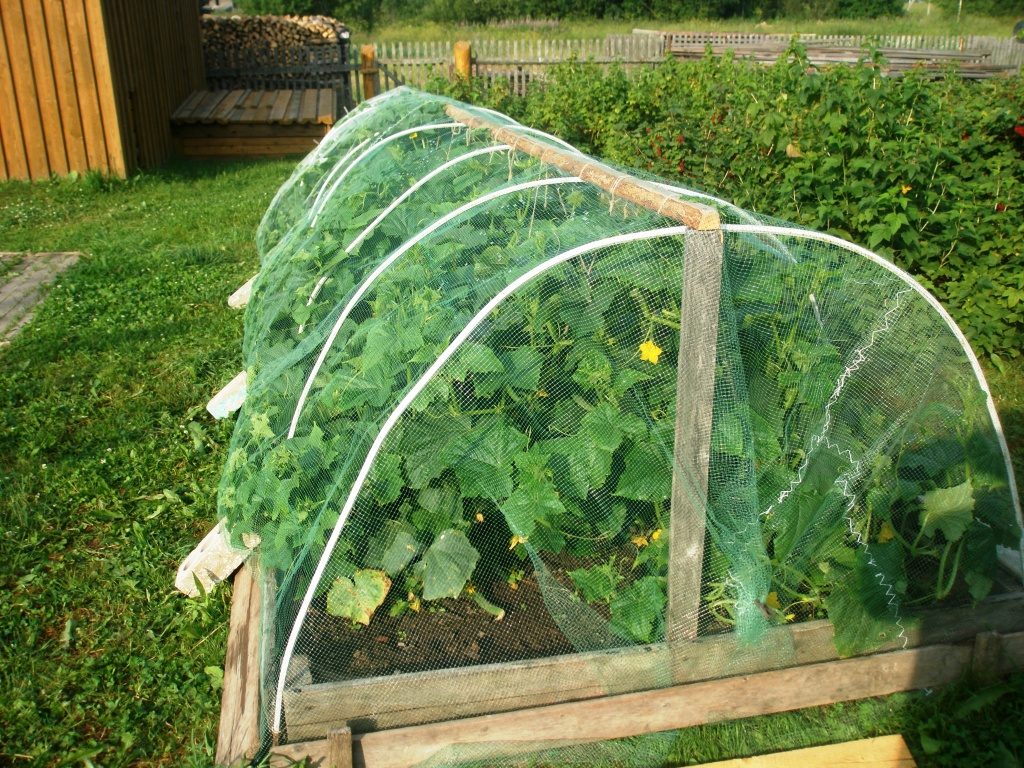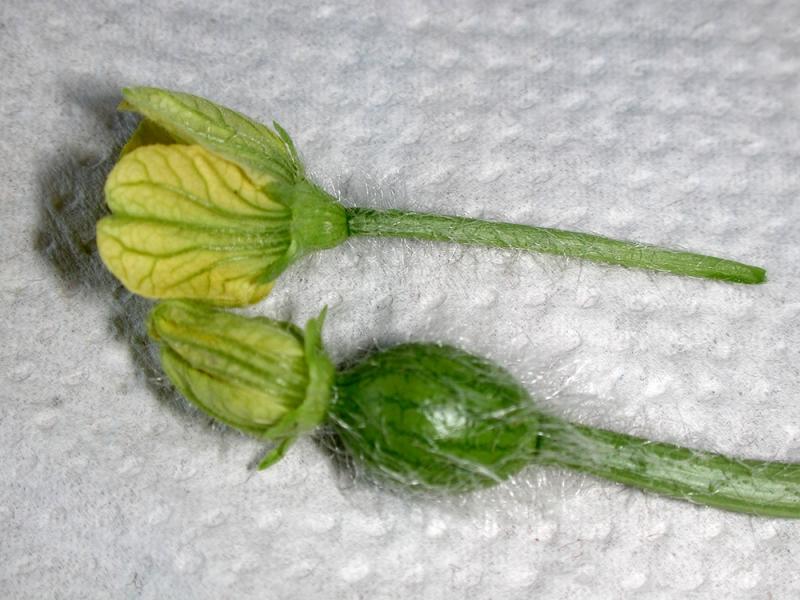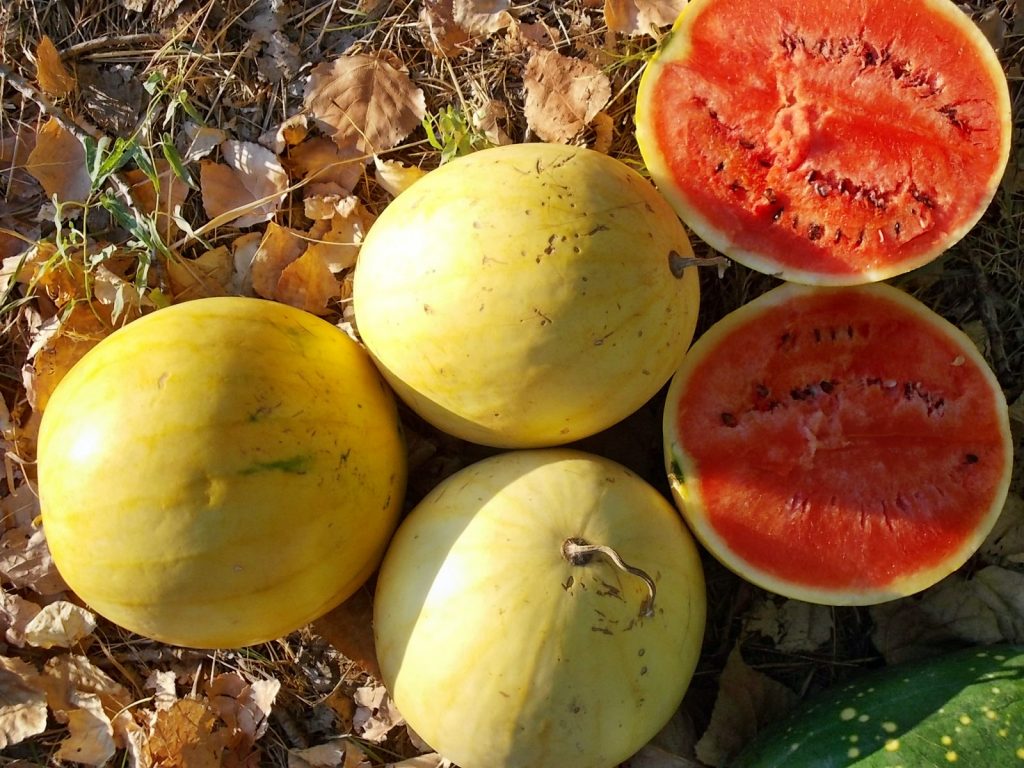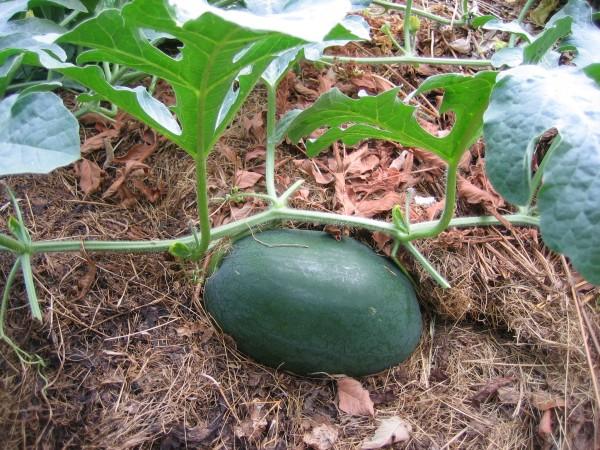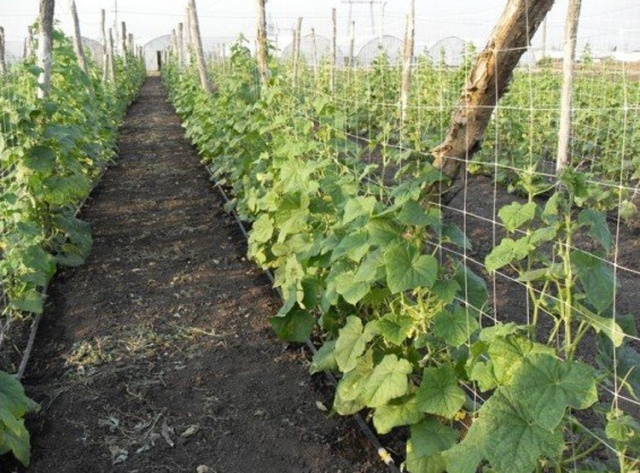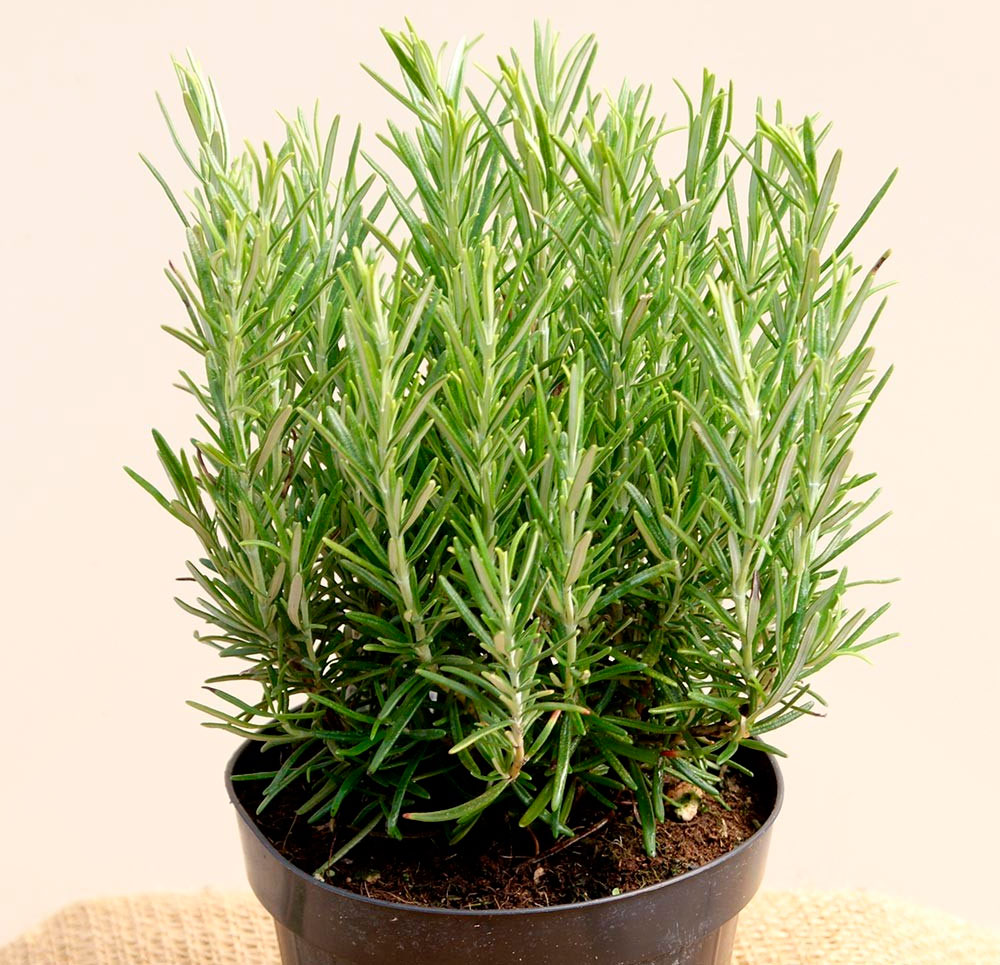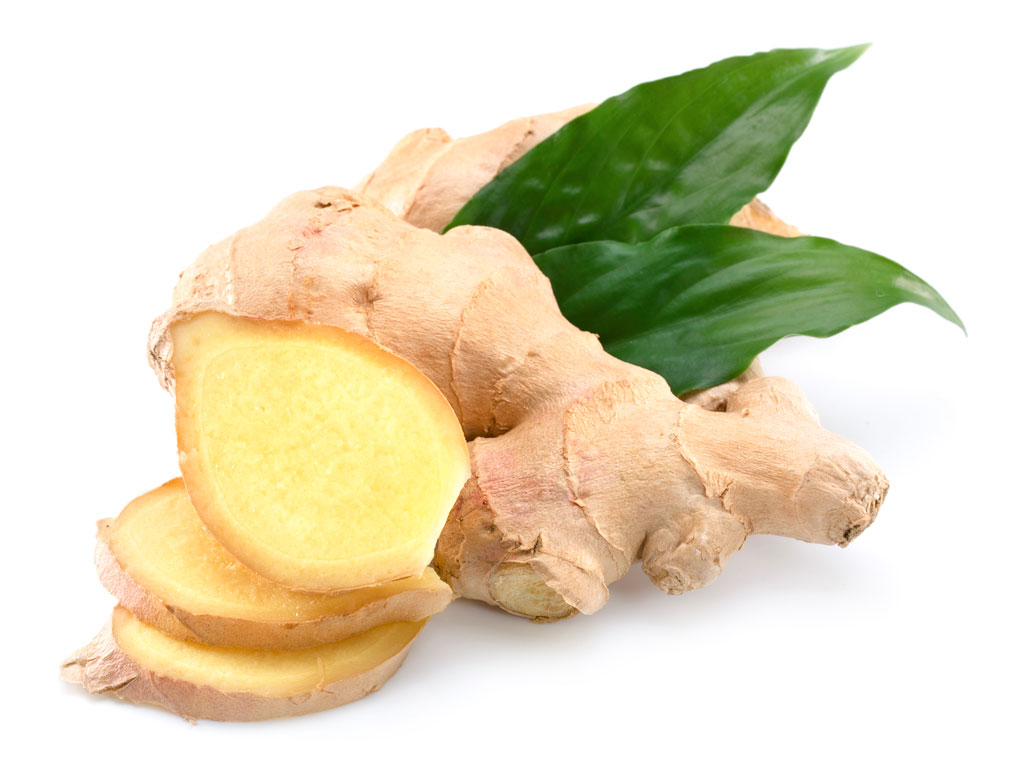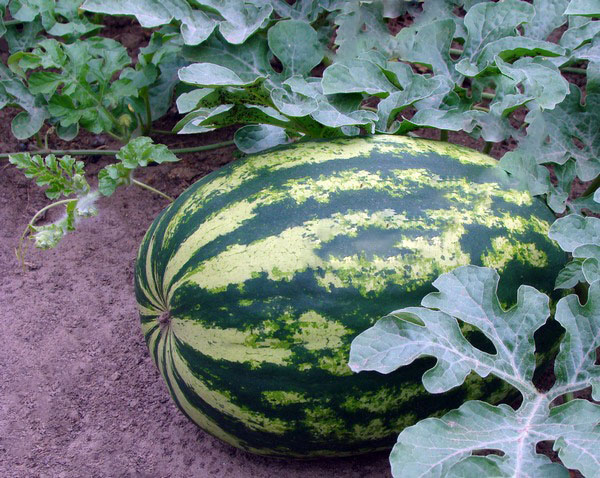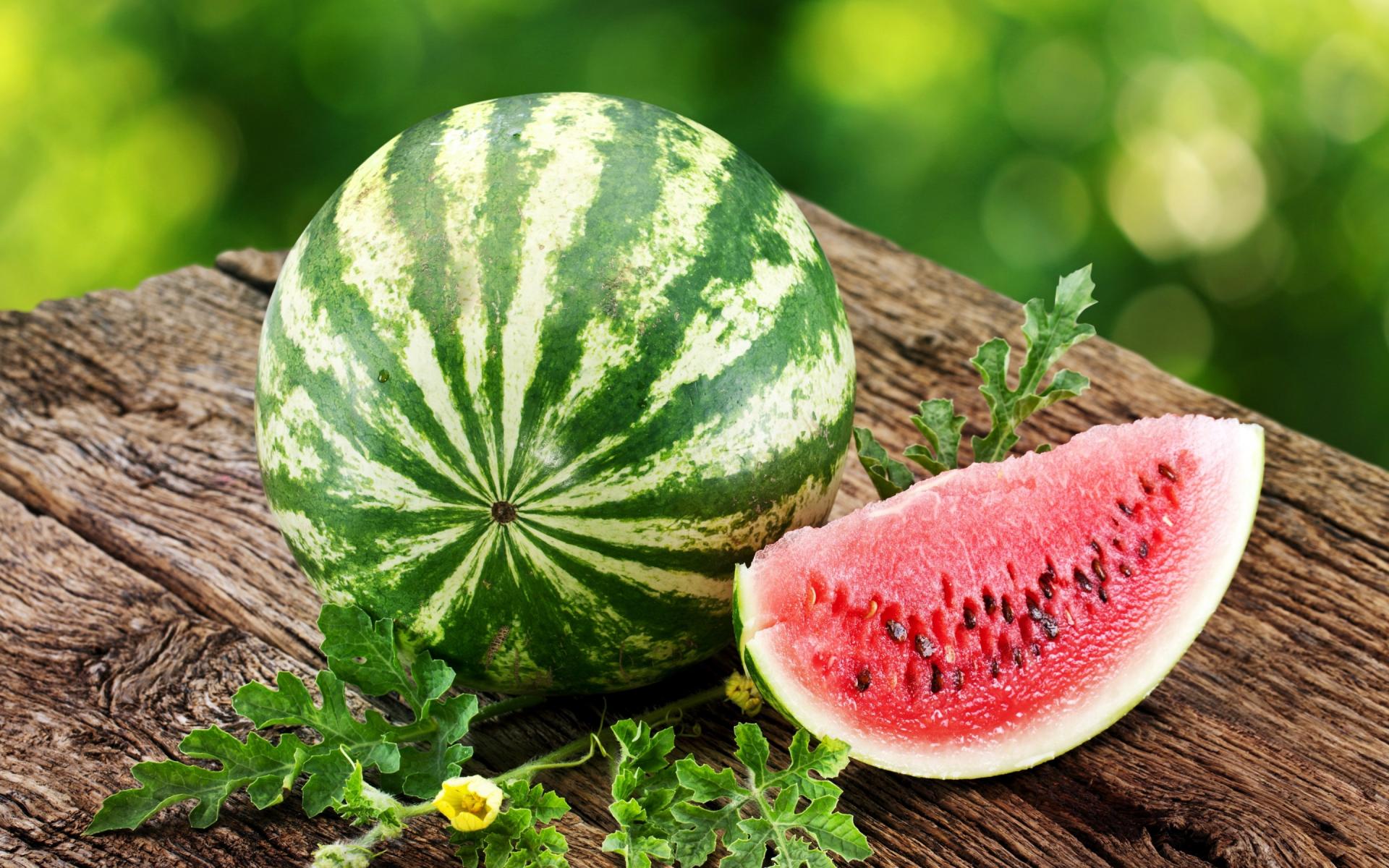Content:
- Favorable conditions for growth
- The correct choice of variety is the key to a good harvest
- Preparing and planting seeds
- Planting seedlings in open ground
- Caring for plants in the garden
- The most favorite varieties of watermelons of summer residents of the Moscow region
- Tips and tricks from experienced gardeners
The weather conditions in central Russia, including the Moscow region, do not contribute to the cultivation of thermophilic watermelons in the traditional way, which is widespread in the southern regions. However, if you wish, there is an opportunity to get an excellent harvest of juicy watermelons in the Moscow region. For this you need:
- choose the right variety;
- prepare the garden well;
- comply with the terms and rules of landing
- create conditions favorable for the growth and ripening of fruits.
Favorable conditions for growth
Watermelons are heat-loving plants with a massive ground part. They are very fond of spacious sunny areas and do not tolerate even a little shade at all. Therefore, it is better to prepare large beds for them, without saving space, away from trees and bushes. The successful cultivation of juicy watermelons and melons in the open field of the Moscow region is quite possible, although it requires some knowledge and certain skills.
Having created optimal conditions for thermophilic melons on your own plot, by the end of summer you can pleasantly surprise your family and friends with your own watermelons and melons. The land for melons should be light and well fertilized so that the plant receives enough nutrients for active growth and rapid fruit ripening. Plants require abundant watering in early and mid-summer, so if there is not enough natural rainfall, you will have to take care of additional irrigation. You need to try to get warm water only on the ground and not on the foliage.
For the construction of a melon bed, a gentle slope, well-lit by the sun and devoid of tall vegetation, is ideal. Seedlings of watermelons on it must be planted in vertical rows, then the overgrown lashes will be well and evenly warmed up by the sun's rays. Probably, the fruits can grow slightly smaller than those of their southern neighbors, but in terms of juiciness and sugar content, they will not be inferior to them.
The correct choice of variety is the key to a good harvest
To get a high-quality harvest of caves in regions with not very long warm summers, you need to correctly determine the planting material. It is better to choose varieties that are adapted to growing outdoors in mid-latitude conditions. These include:
- Astrakhan;
- Light;
- Producer;
- Sugar baby;
- Crimson Sweet;
- Coral;
- Peasant;
- Siberian lights;
- Delicacy F1;
- Cinderella F1;
- Gift to the North F1;
- Beijing Joy F1;
- Hamlet F1;
- Arthur F1;
- Albert F1;
- Charles F1.
All varieties recommended for cultivation in central Russia have a short ripening period, which is especially important in a short summer. When choosing hybrid seeds marked with the F1 designator, you can expect excellent yields. Future plants are not only perfectly adapted to the unfavorable conditions of the region, but also have excellent increased resistance to various diseases affecting the culture.
Seeds are best purchased from specialized stores.You can collect seed on your own, but you should be prepared for poor germination of some crops, especially watermelons. Therefore, you should plant your own collected seeds in larger quantities, taking into account the possible non-germination of watermelons.
Preparing and planting seeds
It is possible to grow thermophilic melons and gourds in the open field in a temperate climate using seedlings. Planting watermelon seeds for seedlings can be started in the Moscow region at the end of April. Thus, during the first month of life, being in the seedling stage, the plant will be in a comfortable indoor environment.
If you buy seeds in retail chains that have undergone special training in the formation of resistance to adverse weather conditions, diseases and saturation with nutrients, then, according to the instructions, you no longer need to carry out additional treatments. Such seeds are already ready for planting in the ground on time without soaking.
If the seeds were collected independently from the fruits you like, it is advisable to prepare them before sowing. Choose dense, elastic, full seeds, excluding too light and empty seeds from the total mass. To do this, dry seeds are dipped in a glass of water at room temperature for 10-15 minutes. Grains unsuitable for planting will float to the surface of the liquid.
Seeds selected for planting can be immersed in water heated to + 50 ° C for 50-60 minutes. This procedure not only hardens the seeds, but also contributes to the enhanced formation of female flowers in the future plant. After removing the seeds from warm water, immerse them in cold water, the temperature of which is not higher than + 10 ° C, for 1 hour.
After the specified time, place the seeds in a solution of room temperature of medium saturation of potassium permanganate (potassium permanganate) for 30-40 minutes for disinfection. Having taken out potassium permanganate from a pink solution, the seeds must be rinsed under a plentiful stream of warm running water. After such a step-by-step preparation, the seeds are ready for planting in the ground for seedlings.
Medium-sized containers or peat cups are filled with a well-mixed mixture of soil from the dacha, peat and steamed river sand, taken in equal parts. In a well-moistened soil, a small depression is made into which a seed is placed and sprinkled with a layer of earth. The first shoots will appear in about a week. For them to grow normally, a lot of sunlight is needed, so if cloudy weather prevails, you should take care of additional lighting for the sprouts. The ambient temperature should be about + 25-27 ° С during the daytime and + 21 ° С at night.
It is better to water the young shoots of watermelon in the evening hours, avoiding the ingress of liquid on the foliage. When watering plants in the morning or afternoon, they may wilt a little and lie down on the ground, but over time they will rise. However, such actions can lead to weakening of the seedlings, so they are best avoided.
Planting seedlings in open ground
In the place of permanent growth in the Moscow region, it is necessary to plant watermelons in open ground when the soil warms up to a temperature of at least + 15 ° C. This moment usually comes in late May - early June. The seedlings have already reached the age of one month, have 4 - 5 full-fledged leaves and a well-developed root system.
The garden for planting watermelon seedlings should be started in the fall:
- Before winter, the land is well dug up, removing weeds.
- If alumina predominates in the country, to lighten the soil, it is necessary to add several buckets of river sand to the garden bed.
- Organic fertilizers are introduced (bird droppings, mullein), during the cold period of the year, organic matter is well distributed over the soil and is converted into nutrients needed by the plant.
In March, when the ground has not yet thawed, to speed up the heating process and additional fertilization, the bed is covered with ash. In April, the soil of the site is watered abundantly with warm water and covered with a dark film for early warming up. When the earth warms up for the normal life of the heat-loving kavun, the seedlings can be planted, this happens at the end of May.
In the prepared bed, depressions up to 30-40 cm are made, and plentifully watered with warm water. The holes can be staggered, the distance between them should be at least 120-150 cm, so that the growing lashes can develop freely without shading each other. A watermelon sprout is placed in each hole, moderately compacting the soil around the stem, while being careful not to damage the root system.
Considering that the planting of watermelons in open ground in the Moscow region occurs during unstable weather conditions (frosts at night are possible), you need to take care of the well-being of thermophilic sprouts. To do this, around the perimeter of the garden bed, you can install metal arcs or other structure on which a transparent film is pulled. Thus, a light greenhouse is created that protects the seedlings from hypothermia.
When stable high temperatures begin to prevail, you can safely remove the film, allowing the melon to grow in an open area.
Caring for plants in the garden
Experienced gardeners suggest how to grow a watermelon in the Moscow region in the open field without much hassle. A well-prepared weed-free bed will not require periodic summer weeding. Therefore, care for kavunami will consist in periodic watering in the absence of natural precipitation and fertilization.
Feeding watermelons begins 10 days after planting seedlings in open ground. For this, 2 liters are poured near the stem of each plant. warm water in which 4 grams are dissolved. ammonium nitrate. Then, during the period of active flowering of plants and fruit ovary, with an interval of 2 weeks, fertilization can be carried out by watering a mullein solution, herbal infusion or vermicompost with the addition of wood ash.
If at the time of flowering, for some reason, not enough insects are flying, performing natural pollination, it is necessary to independently carry out artificial pollination. To do this, using a fluffy brush or cotton swab, the pollen from the male flower is transferred to the female pistil, at the base of which there is a slight thickening.
It is not necessary to form bushes in hybrid crops or growing in a greenhouse, and minor stepchildren should be removed for ordinary plants in open ground.
The most favorite varieties of watermelons of summer residents of the Moscow region
For many years, gardeners in the Moscow region have been successfully growing watermelon Ogonyok. In the second half of August, farmers of the Moscow region begin to harvest not very large (weight about 2 kg.), But juicy and sweet caves with bright red granular flesh. This representative of melons grows well in a temperate climate, is not susceptible to diseases, and has a fairly high yield.
Many hybrid watermelons with the F1 mark in the name can be grown in the climatic conditions of the middle zone, they are resistant to diseases, and have high yields.The pulp with an absolute absence of seeds pleasantly surprises with its juiciness and tenderness, and the Prince Albert F1 watermelon has an unusual color for kavun, very similar to melon.
On household plots in the Moscow region, you can find a watermelon Siberian lights, which can be planted even in an even cooler climate. Rounded berries of dark green color have a delicate sweet bright red flesh with a minimum number of seeds. This variety is absolutely unpretentious in cultivation, tolerates drought well enough, does not require abundant watering.
Tips and tricks from experienced gardeners
Experienced farmers know how best to grow a delicious watermelon in the Moscow region, but novice summer residents have yet to learn the secrets of thermophilic berries.
The seedling method is easiest, although some farmers prefer to grow melon in spacious greenhouses, in which the lashes grow up the trellis. In the absence of greenhouse complexes, the seedling method of growing watermelons is fully justified.
Fruits that have set on strings in open ground should not lie directly on the ground. To prevent disease and damage to the crop, a layer of dry straw or other natural material, such as wood, should be placed under the watermelons.
To gain experience in growing watermelons, to determine the most acceptable cultivation method for yourself, you need to experiment and plant different varieties of melons. Don't be afraid. The experience of summer residents near Moscow shows that it is quite possible to grow delicious watermelons.
